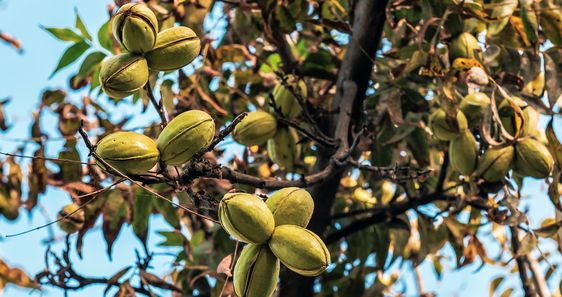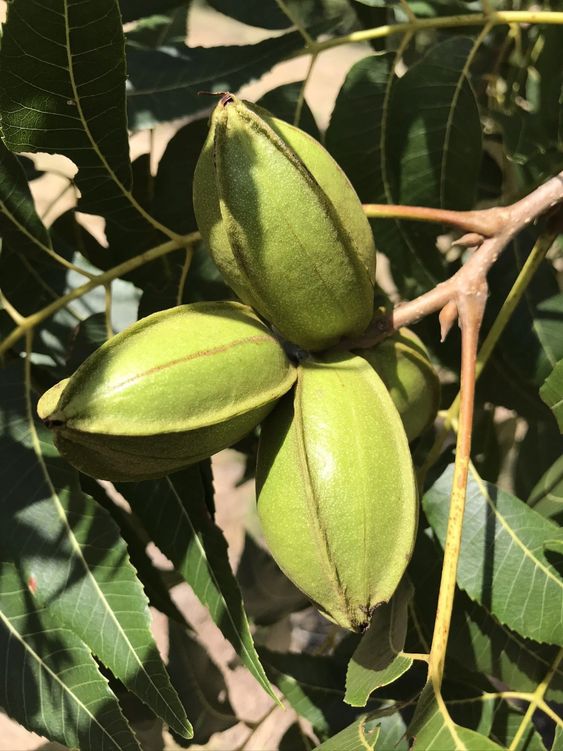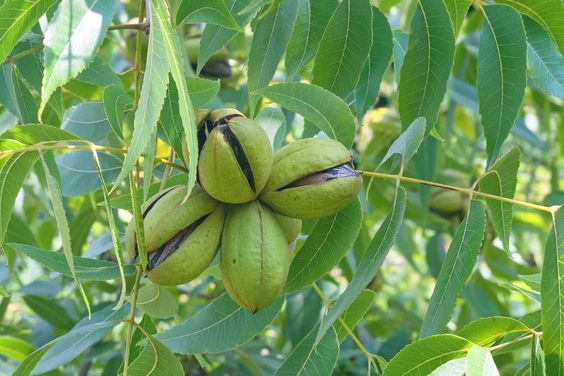The hazelnut tree (Corylus avellana) has been a cherished and significant part of human history for centuries. From its origins in ancient forests to its widespread cultivation around the world, this versatile tree has offered a myriad of benefits, ranging from culinary delights to health-promoting properties.

Natural Habitat and Growth
The hazelnut tree is a deciduous plant native to Europe and Asia, with a natural affinity for temperate climates. In the wild, it thrives in woodland areas and can reach heights of up to 15 meters. The tree produces large, heart-shaped leaves that create a lush canopy, providing shade and shelter to various wildlife.

One of the most captivating aspects of the hazelnut tree is its reproduction process. It produces catkins, which are long, drooping clusters of flowers, early in the spring. These catkins release pollen into the air, allowing the wind to carry it to female flowers, leading to the formation of the beloved hazelnuts.

Culinary and Cultural Significance
The hazelnut has left an indelible mark on the culinary traditions of numerous cultures around the world. Its rich, buttery flavor and crunchy texture make it a sought-after ingredient in various sweet and savory dishes.

In Mediterranean cuisine, hazelnuts are a common addition to desserts such as pastries, cakes, and chocolates, adding a delightful nuttiness to these delicacies. Furthermore, hazelnut oil is prized for its culinary applications, often used as a dressing in salads or drizzled over roasted vegetables.

Beyond the kitchen, the hazelnut tree has cultural significance in various folklore and legends. In some cultures, the tree is associated with wisdom and protection, symbolizing the cycle of life and the continuity of nature.
Nutritional Value and Health Benefits
The hazelnut is not only a treat for the taste buds but also a powerhouse of nutrition. These nuts are a rich source of healthy fats, protein, dietary fiber, vitamins, and minerals. They contain vitamin E, which acts as an antioxidant, protecting cells from oxidative damage.